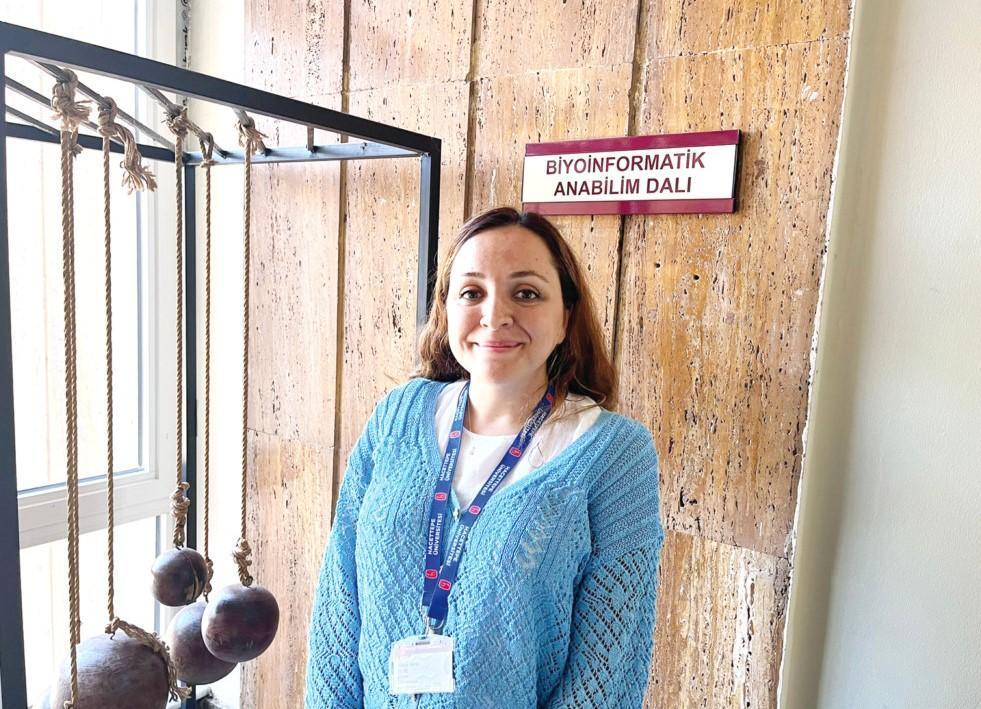
A team of experts have conducted a study revealing the genetic structure and change processes of obesity and type-II diabetes by examining the DNA obtained from the bones of 40 people who lived in Anatolia from 10,000 years ago to the present.
Gülşah Merve Kılınç, a lecturer from Hacettepe University’s Institute of Health Sciences, and her team started a study in 2020 to investigate the genetic structure associated with obesity and type-II diabetes in Anatolian human populations, with the support of TÜBİTAK.
Within the scope of the study initiated to unveil the thousands of years of evolutionary process of these diseases, DNA analysis is carried out on 40 people’s bones obtained from the skeletal laboratory of the anthropology department, where bone samples were found in excavations in Anatolia.
The DNA sequences of the people who lived from 10,000 years ago until today will be revealed and modeling will be carried out in the next study, which will also reveal why these diseases are common.
The information obtained in the study, which is planned to be completed in 2023, will also be used in the treatment of diseases.
Noting that studies with ancient DNA are actually very common in the world, Kılınç underlined that it is the first study in Türkiye and the world on understanding obesity and diabetes and DNA analysis of the ancient human skeletons.
Stating that they chose obesity and diabetes as they have been very common and have a significant impact on public health, Kılınç said, “What we know scientifically is that many diseases that we see as common today actually emerge as a result of thousands of years of evolutionary processes.”
“We are currently studying human societies that lived mostly in Central Anatolia,” the expert said.
“The results will contribute to the medical world both in the prevention and development of these diseases, as they will give us information about the genetic mechanisms behind these diseases.”